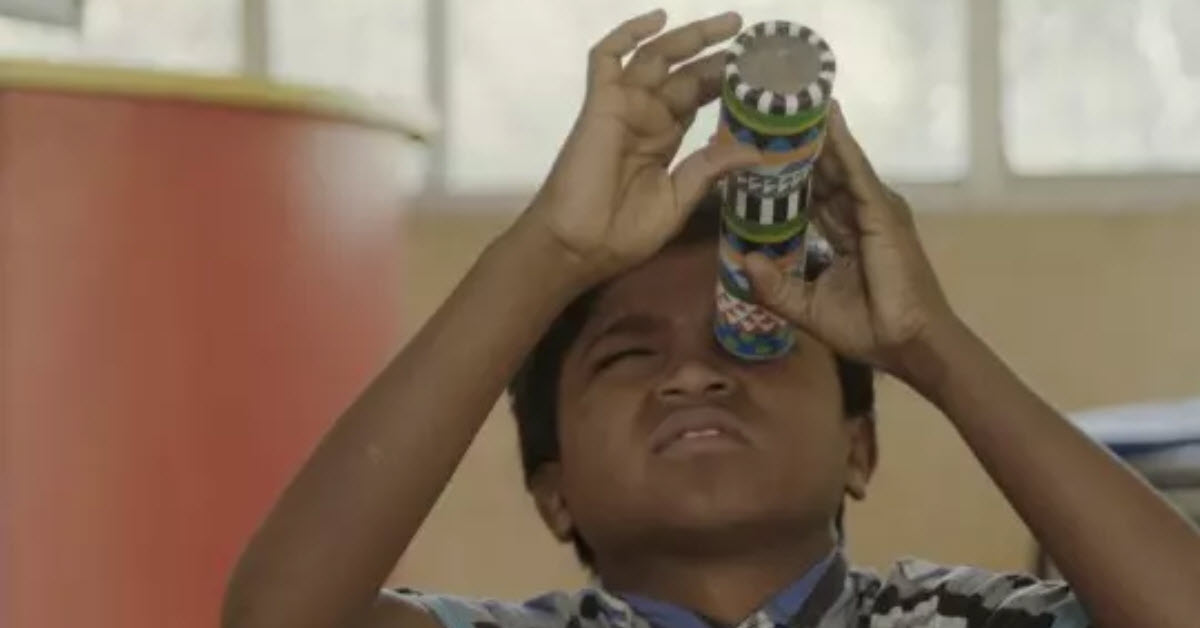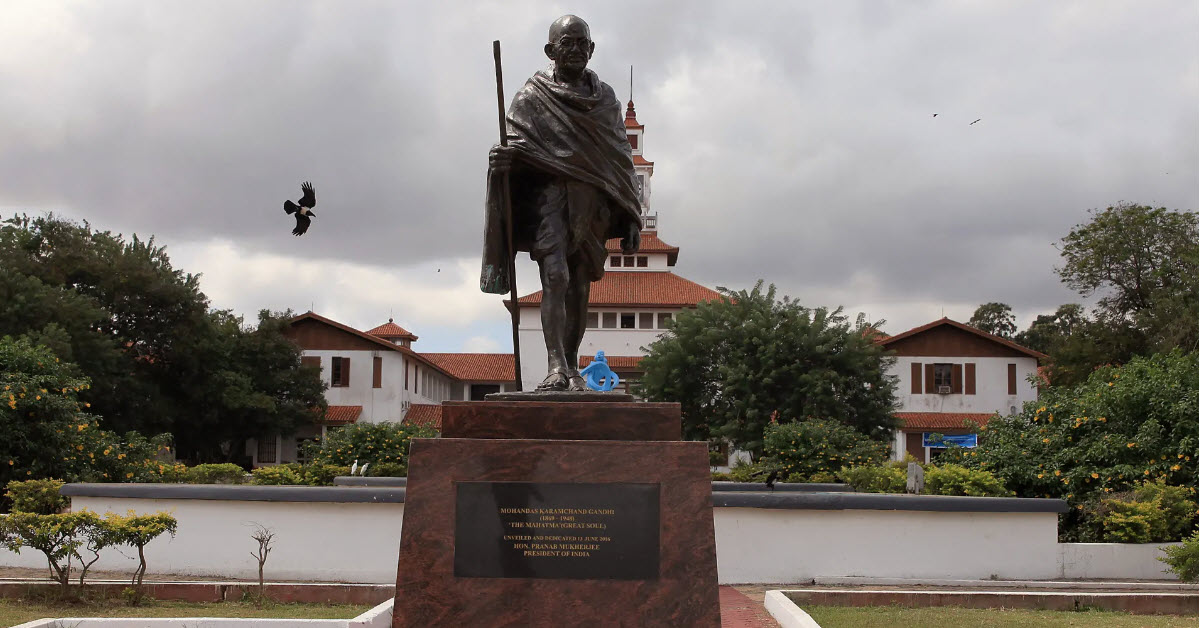The School in the Cloud review – how a computer for slum kids inspired a learning debate
https://blogger.googleusercontent.com/img/b/R29vZ2xl/AVvXsEiSexPkn3ht9mcyNqQgoiZW8SE2AL50aAjny1Z1ZJoCsi1u_6aT0uB3X5c9UMZhZIbkUMz8Fc6rKPUZTbnE2xP6ToVZroZjLvdTP6rJI4zQtBTv2trqTE4UqGlL57up8hPQ45lFTYW42gL8/s1600/2018-10-20_22-15-07.jpg
Sponsored Links

Sponsored Links
Sponsored Links
Half term usually brings forth a minor deluge of U-rated animated features, laid out like cinematic kitchen roll to absorb the attention of restless children. This documentary offers, instead, debate-stimulating viewing for all educators enjoying time off, too.
Sponsored Links
Director Jerry Rothwell has tracked projects set up by Sugata Mitra, a physicist turned TED-talk guru over several years. In the late 90s, Mitra set up an experiment. He made a hole in the wall of his office building in New Delhi, in which he installed a computer screen and mousepad for use by local slum kids. The way he tells the story, after a few months they wanted more expensive graphics cards and a better mouse, and displayed a thirst for knowledge that got Mitra thinking about how our Victorian-designed, factory-style education systems might be improved with modern technology.
Eventually, his theories about minimally invasive education evolved into what are termed self-organised learning environments (or SOLEs). The SOLEs are effectively rooms where terminals offer the young access to high-speed internet, a worldwide network of “grannies” (mostly retired teachers) via Skype to help them to learn English, and sometimes grownups in the room who pose questions – such as how to look up articles on why teardrops are shaped as they are – to develop the youngsters’ research skills. Some might say this is good old-fashioned distance learning with knobs on and possibly better PR. To Mitra and the documentary’s credit, fair criticism is aired, and we see how some of the first SOLEs in India end up being no more than internet cafes where kids can play shooter games and watch inane YouTube videos.
But Mitra is a glass-half-full sort of thinker, and it’s not hard to imagine that this didactic model could be the foundation of how children might learn in remote areas – although the stories of individual kids followed throughout offer not entirely reassuring case studies. Alert, hyper-intelligent tween Priya wants to be a police officer some day, and although by the end of the movie she is researching online how to pursue that goal, it’s not clear whether she will escape the patriarchal confines of her family and a father who would prefer her to just get married. Another boy must leave the rural community to pursue his studies when his own father gets sick. It’s great that he will stick with his goal of becoming an engineer, but isn’t that the opposite of what this system is supposed to achieve in raising educational standards in remote communities? There is also an off-screen can of philosophical and environmental worms about development and shifting demographics. But like a good classroom topic, the film will inspire debates beyond the room where it’s seen.
guardian.co.uk © Guardian News & Media Limited 2010
Published via the Guardian News Feed plugin for WordPress.
Sponsored Links
The School in the Cloud review – how a computer for slum kids inspired a learning debate▶https://is.gd/v7rXF6


Comments
Post a Comment